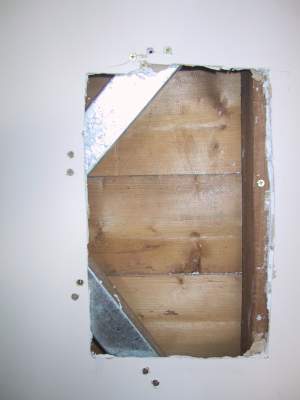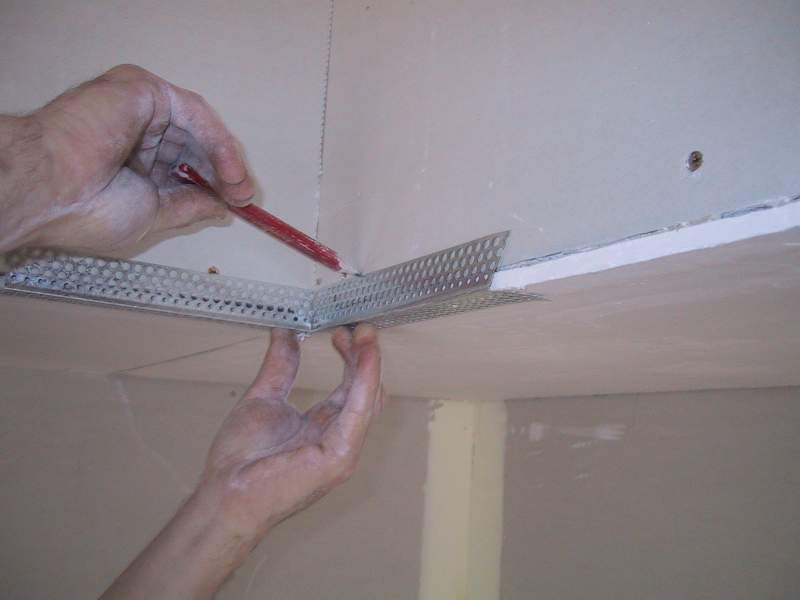How To Top Coat Plasterboard Joins
TOP COAT
When stopping up plasterboard the main thing to remember is TOP COAT is EASY TO SAND BASE COAT IS NOT. Therefore SCRAPE BACK any excess BASE COAT with a sharp blade, before applying top coat. Top coat should not be relied on as to fill out joins etc as it has a higher rate of shrinkage. Top coat should be applied to both, Recessed and Butt Joins, the same way as second coat but using a 12" joint knife (or trowel). To assist with sanding, wipe along the edges of the join with a wet sponge. Top coat is easier to apply in a thick coat first, in short lengths along the join, then by changing the angle of your tool take off all the excess in one sweep. A few more runs through the join will give you a nice even finish. This is more important with internal corners. Basically load up the internal and scape off excess with the internal finishing tool. The trick to using an internal finishing tool, is setting the right angle and maintaining the same angle throughout the entire sweep. |



